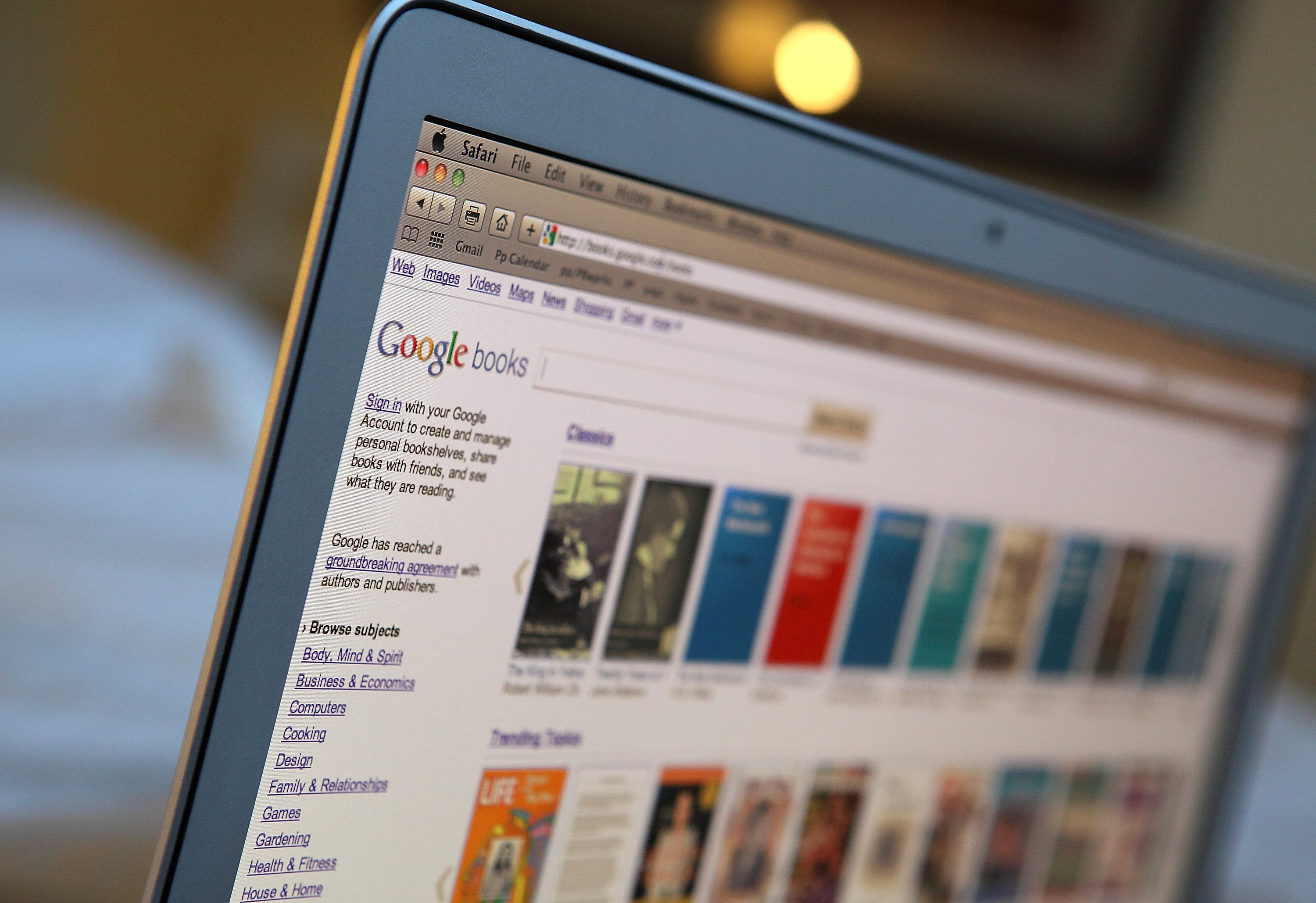Could colouring in online text make you a faster reader?
BeeLine Reader takes advantage of our ability to register colours without really thinking to guide our eyes down a page of text

Your support helps us to tell the story
From reproductive rights to climate change to Big Tech, The Independent is on the ground when the story is developing. Whether it's investigating the financials of Elon Musk's pro-Trump PAC or producing our latest documentary, 'The A Word', which shines a light on the American women fighting for reproductive rights, we know how important it is to parse out the facts from the messaging.
At such a critical moment in US history, we need reporters on the ground. Your donation allows us to keep sending journalists to speak to both sides of the story.
The Independent is trusted by Americans across the entire political spectrum. And unlike many other quality news outlets, we choose not to lock Americans out of our reporting and analysis with paywalls. We believe quality journalism should be available to everyone, paid for by those who can afford it.
Your support makes all the difference.It’s a well-rehearsed complaint that the internet has made us poor readers. With multiple tabs open in multiple browsers (and maybe on multiple screens) it’s no wonder our attention wanders and reading becomes laborious or difficult.
However (for those of you who managed to stick with us) help may be at hand. BeeLine Reader is an extension for browsers that uses colour gradients to make reading speedier and easier.
The app shades in each line from one colour to another, with the end of line one ending up in the same colour as the beginning of line two and so on and so forth, right down the page. Nick Lum, the creator of the software, claims that readers’ eyes are able to intuitively follow the colours, significantly reducing “line transition errors” (ie skipping or re-reading lines) and making for speedier readers.
Available as an extension for the Chrome browser, once BeeLine is installed you are offered a bookmarklet button that formats any article online into a neat block of text, with the colours automatically added (though you can choose between four different palettes – Bright, Dark, Blues, and Gray).
Speaking to FastCompany, Lum says that he was inspired to create the software by psychological experiments such as the Stroop effect - a test of cognitive interference in which participants have to read the name of a colour not printed in the colour denoted by that name.
Lum says he has received positive feedback from a wide range of readers, with a common thread in their responses being that the text may looks ugly as hell but it does seem to make you speed through the text. He also cites studies by Stanford University that show an average speed increase of 10 per cent for first time users. It may not get you through War & Peace in a lunch-time, but it's a pretty good gain for (just a little) pain.

Join our commenting forum
Join thought-provoking conversations, follow other Independent readers and see their replies
Comments